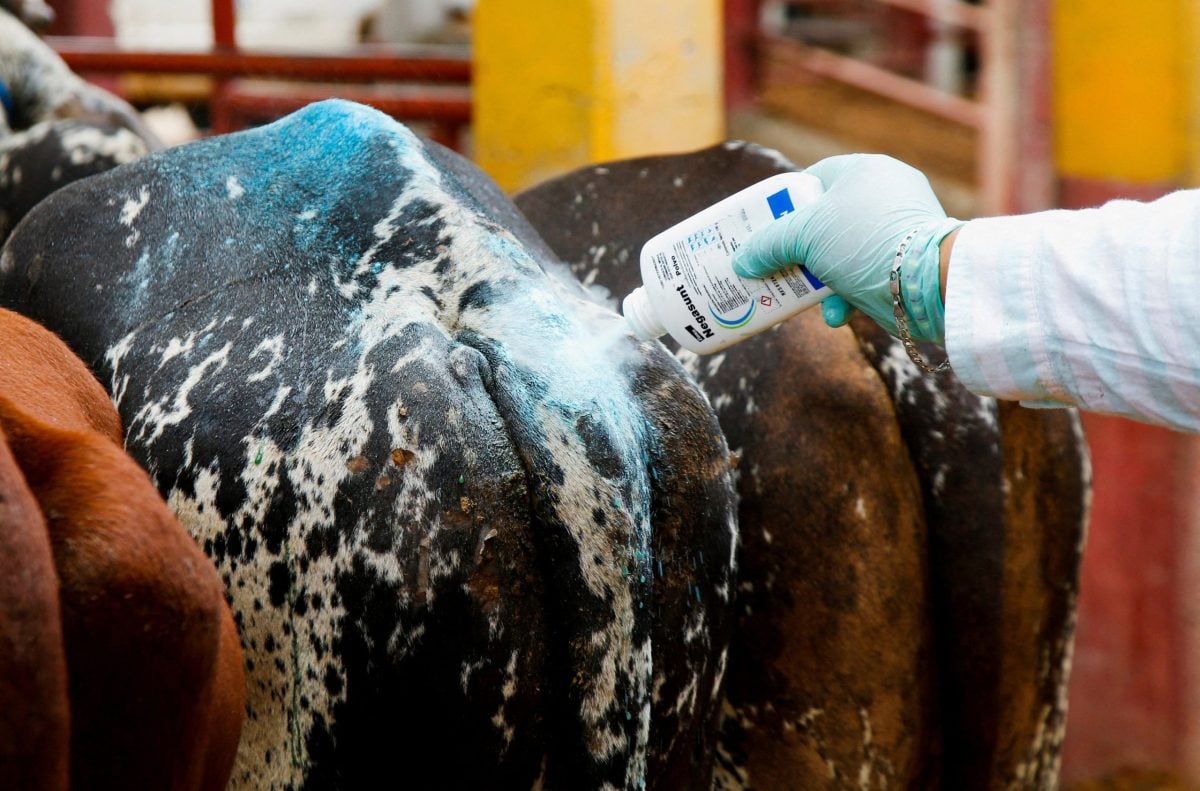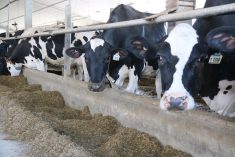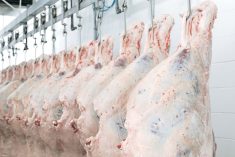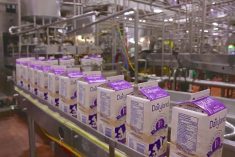Canadian dairy farmers’ piece of the first year of a federal free trade compensation package is going to be based on quota they held at the end of last month.
Agriculture and Agri-Food Canada on Sept. 6 announced more details for what’s been dubbed the Dairy Direct Payment Program, though a registration period hasn’t yet been set.
The program, ending March 31, 2020, is to provide grants in 2019-20 totalling $345 million to compensate producers of cow’s milk — the first year’s instalment of the eight-year, $1.75 billion federal funding commitment announced last month.
Read Also

Mexico agriculture secretary says still no date for restarting cattle exports to U.S.
Mexican Agriculture Minister Julio Berdegue said on Wednesday that Mexico and the United States have not yet set a date to resume Mexican cattle exports amid an outbreak of the flesh-eating screwworm parasite.
The eight-year funding envelope was pledged as compensation for the five per cent of the domestic dairy market given up by Canada in the Trans-Pacific Partnership (CPTPP) trade pact and the CETA trade deal between Canada and Europe.
Farmers eligible for funding under the Dairy Direct Payment Program will be producers of cow’s milk with a “valid dairy quota license” registered with a provincial milk marketing board/agency as of the “date of calculation” of program payments — a date now set at Aug. 31, 2019.
Eligible producers will have no application forms to complete under the payment program, but they’ll have to register for it through a “web-based portal” where they’ll need to indicate “acceptance/acknowledgment” of the payment, AAFC said.
The Canadian Dairy Commission, which AAFC has designated as the payment program administrator, will send further instructions “at a later time” to eligible producers on how to register, AAFC said Sept. 6.
Producers will have to register and confirm acceptance of payment no later than March 1, 2020, and will be given the option to receive their payment either before the end of calendar year 2019; or before March 31, 2020. A producer who opts to receive payment before the end of calendar 2019 will have to confirm acceptance of payment no later than Dec. 6.
A registered producer will get payment in proportion to quota held. The program’s $345 million budget is to be distributed according to provincial allocations of Canada’s national production quota for the 12 months ending Aug. 31, 2019.
Within each province, payment per kilogram of quota will be calculated on quota issued in August 2019 by the province to its eligible producers. To receive a payment, a producer has to own quota as of Aug. 31, 2019.
The CDC will collect information from provincial milk marketing boards on the licensed quota holders and their individual percentage shares of provincial production quotas, then calculate individual payments to be made.
For program purposes, a producer with a “valid dairy quota license” is one who holds dairy quota issued by a provincial milk marketing board — and the amount of quota held according to provincial marketing board or agency records “will be considered final.”
Eligible quota holders will include producers taking part in a new entrants’ assistance program with loaned quota — and/or whole-farm leases with loaned quota — at the time of the calculation.
Producers will be asked to provide electronic banking information for program payment, AAFC said. Payment via cheque will be an available option “but due to the manual processing required, they will take longer to issue.”
Based on estimates and averages, eligible dairy producers can expect to receive about $315 per kilogram of daily quota — which, as AAFC said when first announcing the program on Aug, 19,. would amount to about $28,000 for a typical 80-cow operation.
No further details were released Sept. 6 regarding the remaining $1.4 billion, seven-year funding commitment. Agriculture Minister Marie-Claude Bibeau said last month the government “will continue to work with the Dairy Farmers of Canada to determine terms and conditions for future years,” not ruling out further direct payments. –– Glacier FarmMedia Network












